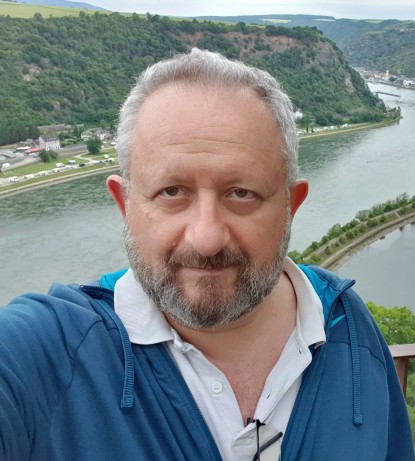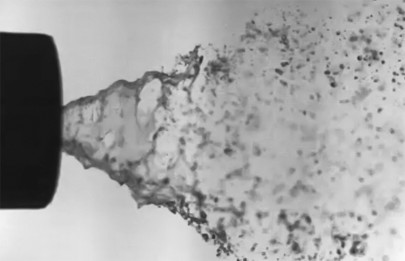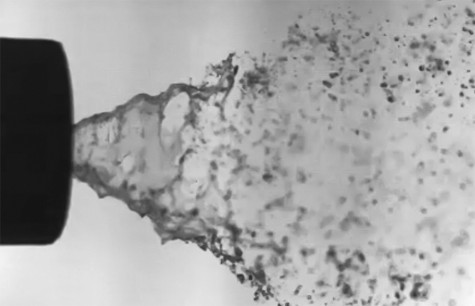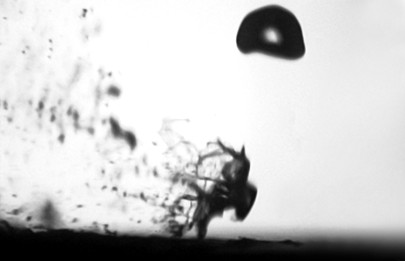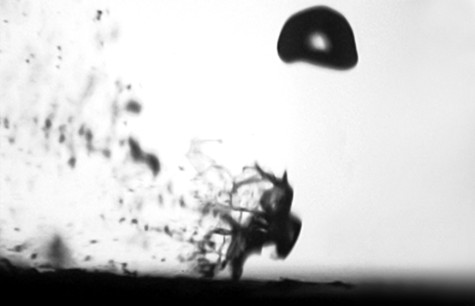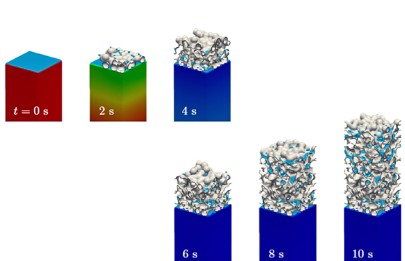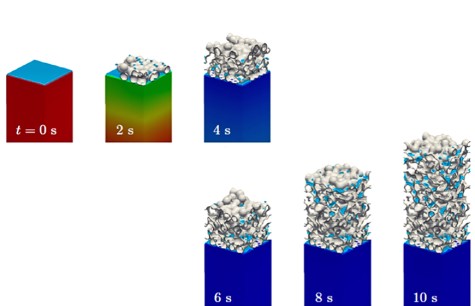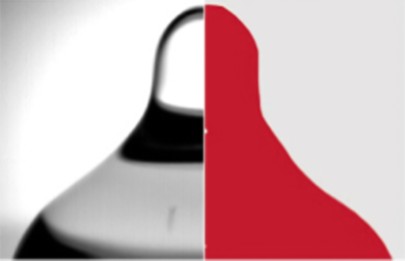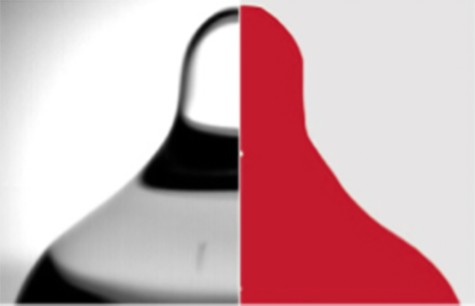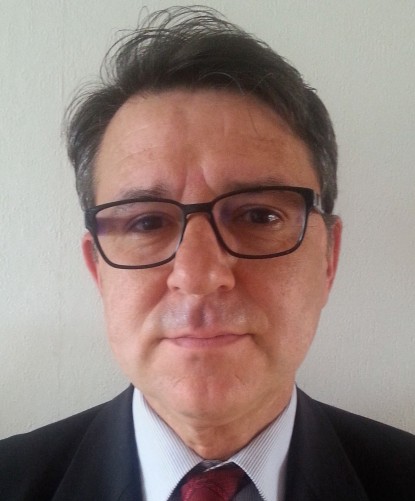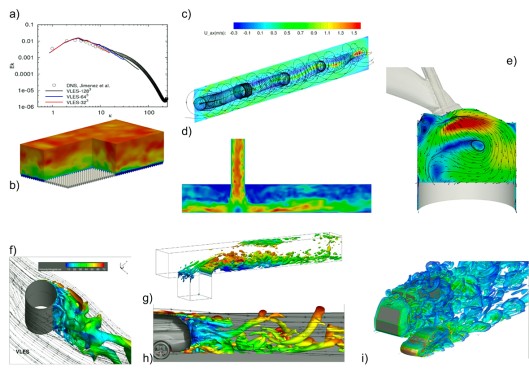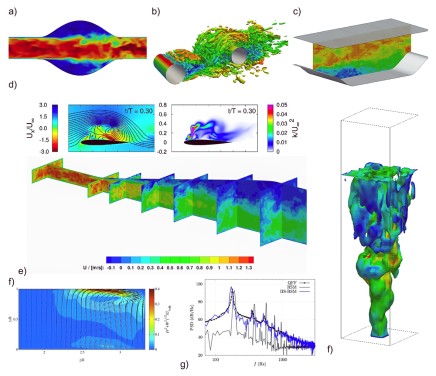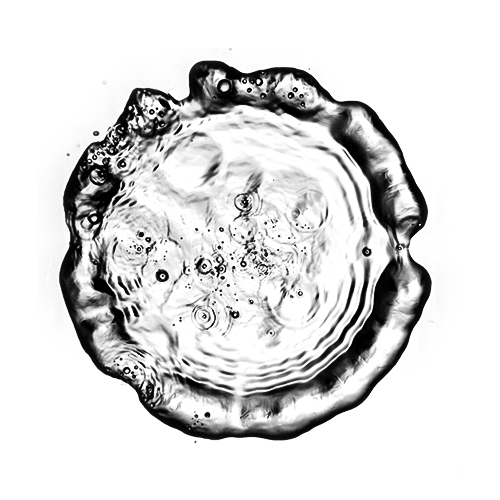
Dynamics of drops and sprays
Flows in drops and sprays are governed by inertial effects, viscosity, surface tension and wettability. We study the phenomena experimentally, theoretically and with the help of CFD codes.
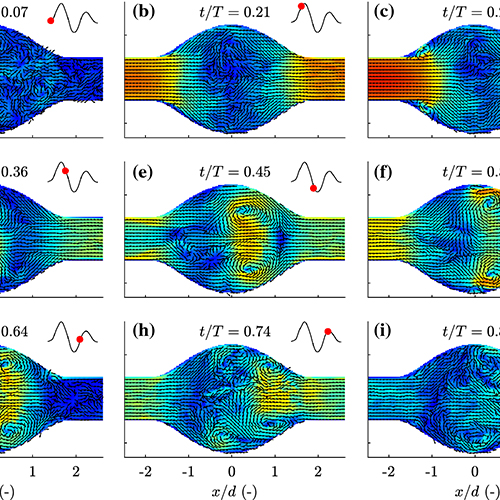
Modelling and simulation of turbulent flows
The group has extensive experience in the field of numerical simulation of complex flow configurations, which is illustrated in numerous scientific and industry-relevant projects.
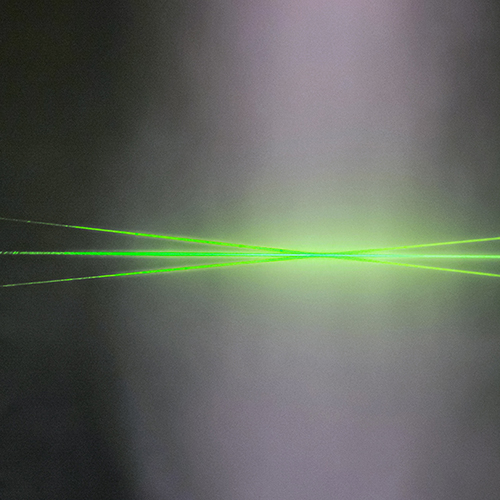
Dynamics of particle-laden flows
The research group focuses on laser-optical and imaging techniques for the measurement of flows.
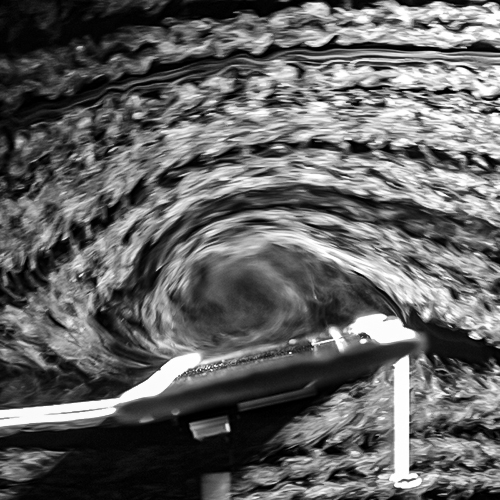
Flow control and unsteady aerodynamics
We investigate methods to optimize flow using generic configurations. Our results help to reduce aerodynamic fatigue loading on wind turbines, for example.
Head of research group
| Name | Working area(s) | Contact | |
|---|---|---|---|
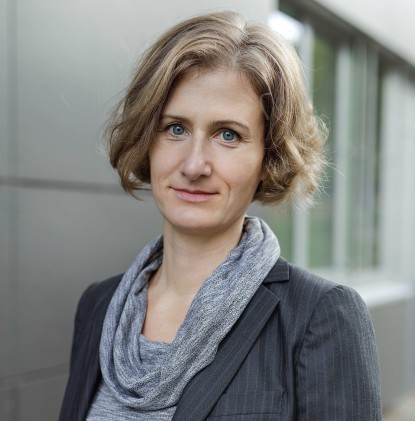
| Prof. Dr.-Ing. Jeanette Hussong Head of Institute | Dynamics of particle-laden flows, flow measurement techniques | hussong@sla.tu-... +49 6151 16-22174 L2|06 417 |
Unsteady aerodynamics deal with aerodynamic forces on bodies when they experience transient inflow conditions. Fluctuations can arise from transient inflow conditions on a steady body or from a motion of the body in steady inflow and result in fluctuations of aerodynamic loads.
Gusty inflow conditions on wind turbine blades or atmospheric turbulence on aircraft wings represent examples in which transient inflow conditions lead to unsteady aerodynamic loads and resulting structural loads. In the context of biological flapping flight, idealized by a moving body in steady inflow, unsteady aerodynamic effects, and in particular the so-called leading edge vortex, enable unrivaled lift and manoeuvrability.
Current research efforts focus on a prediction of unsteady aerodynamic loads with the aid of analytical transfer functions as well as the investigation of the leading edge vortex.
Corresponding investigations make use of different experimental setups in combination with different wind tunnels. This allows highly dynamic motion kinematics of airfoils in wind tunnels and the generation of gusty inflow conditions. A broad range of measurement techniques such as time-resolved particle image velocimetry, laser Doppler anemometry, transient pressure measurement and hot-wire anemometry allows a measurements of transient phenomena.
Numerical flow simulations complement and extend the experimental research work.
Based on a deeper understanding of gust loads and the leading edge vortex, active and passive flow control approaches for both scenarios are considered.
This includes reaearch activities to mitigate unsteady aerodynamic gust loads on wind turbine blades by passive camber mechanisms of airfoils (Adaptive Camber Airfoil). Manipulation of the leading edge vortex with the aid of dielectric barrier discharge plasma actuators for lift enhancement in biological flapping flight is also subject to current research.
Numerical flow simulations are used intensively in the area of unsteady flow control, complementary to experimental investigations.
Research projects
Overview of the institute's research projects.



